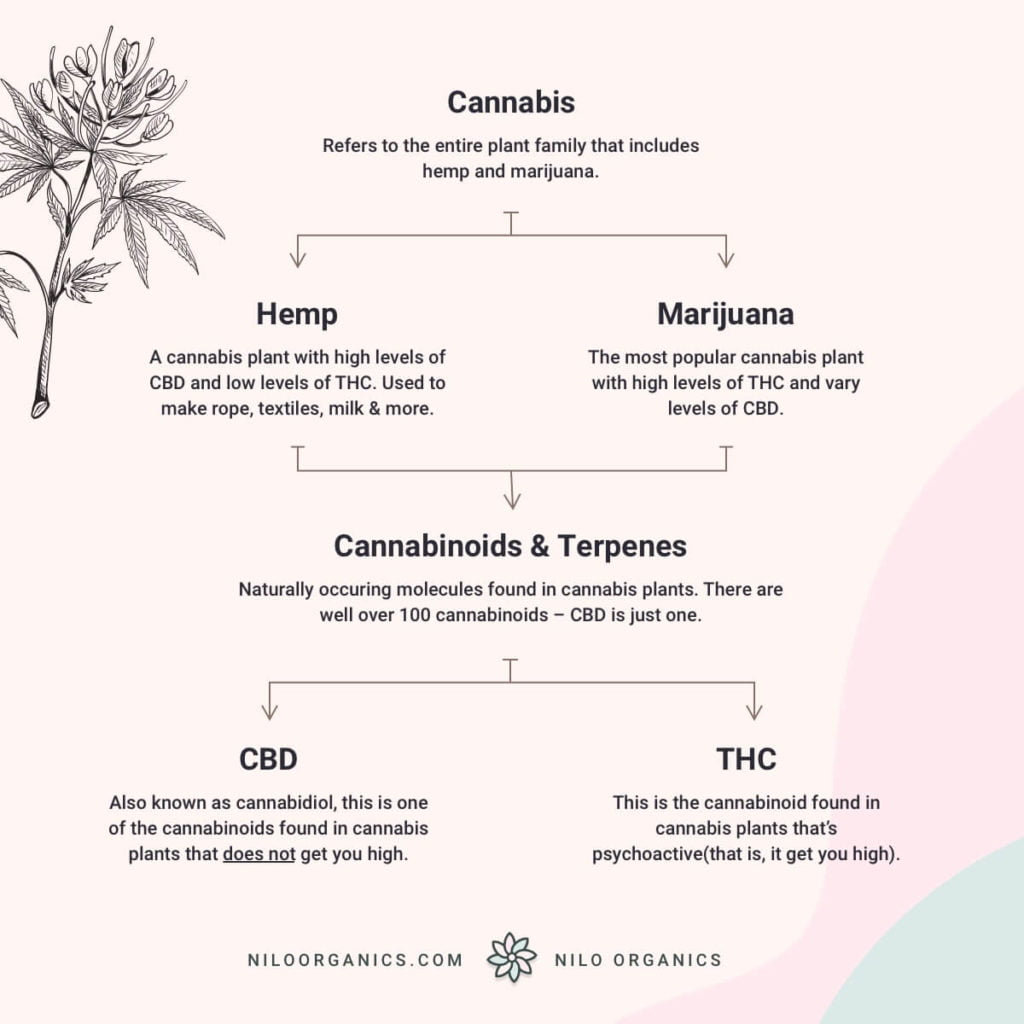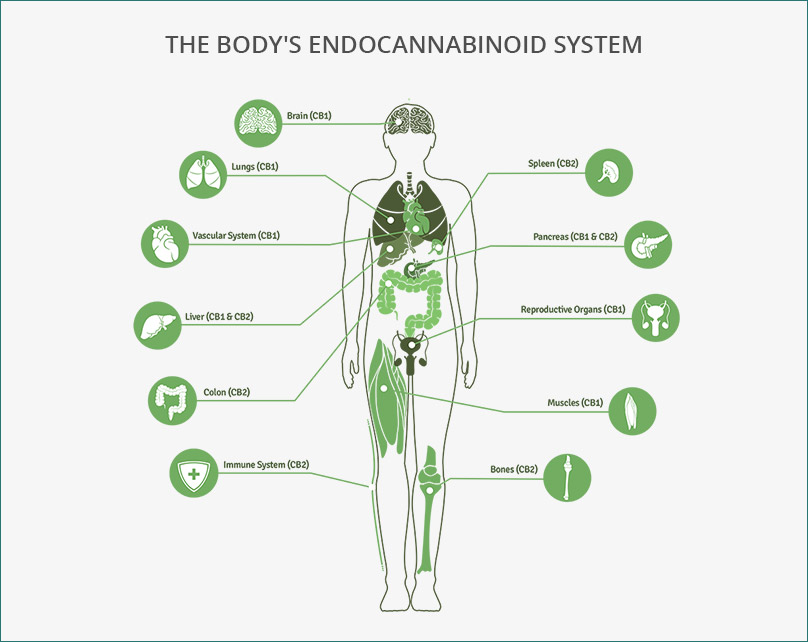WELLNESS
CBD interactions: How does CBD work in our body

Are you interested in learning more about CBD works with the human body? This article explains everything you need to know about CBD interactions.
Most of us have heard that CBD oil and other products have a wide range of health benefits. But when it comes to understanding CBD interactions, it’s essential to learn about the human endocannabinoid system, which shortens as ECS.
Hemp and its compounds, which are known as cannabinoids or phytocannabinoids, affect the body and mind in a multitude of ways. But how does this occur?
It all comes down to the ECS. Let’s learn about the endocannabinoid system and all it can do.
What Is Homeostasis?
Before we discuss the ECS, it’s essential to learn what homeostasis is.
Homeostasis is the state of a considerably stable internal, physical, and chemical equilibrium in living biological systems. This is also known as whole-body balance.
Whole-body balance refers to the regulation of body temperature, blood sugar level, water content, inflammation, and more. For our body to function at its best, each part of our body requires the continuous maintenance of specific biological parameters. Remaining within these parameters leaves us feeling happy, healthy, and vigorous.
What Is CBD?
Let’s learn exactly what CBD is. CBD is short for cannabidiol, and it’s one of over 100 compounds located in hemp and marijuana. It’s the second most common compound in cannabis, with THC being the first.

CBD is part of a class of molecules called phytocannabinoids. CBD is non-psychoactive, meaning you won’t get that famous ‘high’ from consumption. CBD is the part of the plant that keeps you healthy rather than high.
The compound is extracted as an oil from cannabis via various extraction techniques and methods. It’s then used in a wide range of products, including CBD gummies, capsules, tinctures, and more.
All cannabinoids, including CBD, create effects within the body. They do this by attaching to specific receptors belonging to the endocannabinoid system.
What Is the Endocannabinoid System?
The endocannabinoid system is known to exist in every living animal on the planet. It consists of a vast network of endocannabinoids (neurotransmitters) and their receptors, and it’s a system vital for survival.
Endocannabinoid receptors ‘listen’ to what’s happening within the body and exist on the surface of cells. They send information about different internal processes within the body. Then, they enable changes to be made for the body to maintain balance and homeostasis.
The two main endocannabinoid receptors in humans are CB1 and CB2 receptors, as identified by scientists. While both types of receptors are located all over the body, CB1 receptors are highly focused in the brain and central nervous system. CB2 receptors are more prevalent in peripheral systems.
How Was the Endocannabinoid System Discovered?

While most people are aware of the respiratory and cardiovascular systems, few know about the endocannabinoid system. This is because it was only discovered fairly recently.
Hemp is becoming more accepted and understood as a medical plant. But, the ECS is still understudied.
In 1964, researcher Dr. Raphael Mechoulam first discovered the chemical structure of cannabinoids. This finding helped lead us to current research today on how the active compounds in hemp affect the physiological systems in humans.
Fast forward to 1988, and Dr. Allyn Howlett and William Devane found the first cannabinoid receptor in a rat’s brain. They began to track CB receptors in the central nervous system and discovered something interesting. There were more of these receptors than any other neurotransmitter in the central nervous system.
There is still a lack of ECS-based research. However, doctors and scientists have made significant progress when it comes to understanding the impact of endocannabinoids and phytocannabinoids on many physiological systems.
In the following years, hopefully, research will progress so we can conclude a complete understanding of hemp’s phytocannabinoids. We can learn how they interact with the body’s internal physiological pathways linked to homeostasis.
Endocannabinoids vs. Phytocannabinoids
Cannabinoids sourced from plants are called phytocannabinoids. They are similar to the endocannabinoids that our bodies produce naturally when it comes to structuring. Generally, the body creates endocannabinoids in response to an adjustment that it requires.
Endocannabinoids can either connect directly to endocannabinoid receptors. Or, in the case of CB2 receptors, they can bind using receptor-independent pathways, adjusting cellular processes more indirectly.
Scientists have discovered two major endocannabinoids which are anandamide and 2-AG. These molecules deliver various physiological functions. Once endocannabinoids have served their purpose, metabolic enzymes break them down.
These metabolic breakdowns mean that endocannabinoids cannot build up to abnormal levels within the body. This process is what divides endocannabinoids from other signaling molecules such as hormones, which can be stored in the body if necessary.
Understanding CBD Interactions
The endocannabinoid system is very important in the human body, and there is still much to learn about it. However, it’s evident that CBD has a positive effect on the endocannabinoid system and can be valuable in treating various medical conditions.
In the following years, hopefully, scientific research will advance so we can develop better understandings of CBD interactions with various ECS processes. Research into the potential use of CBD is growing, and the compound is likely to make an even more significant impact on medicine and health than it already is.
The ECS affects various physiological processes linked with anxiety, stress, sleep, pain, and more. By using high-quality hemp products as part of a daily routine, it becomes easier to restore the mind and body’s wellness.
Explore how CBD can benefit you by browsing our product collection here. Our products are all made with organically grown hemp in the USA and come at an affordable price.
